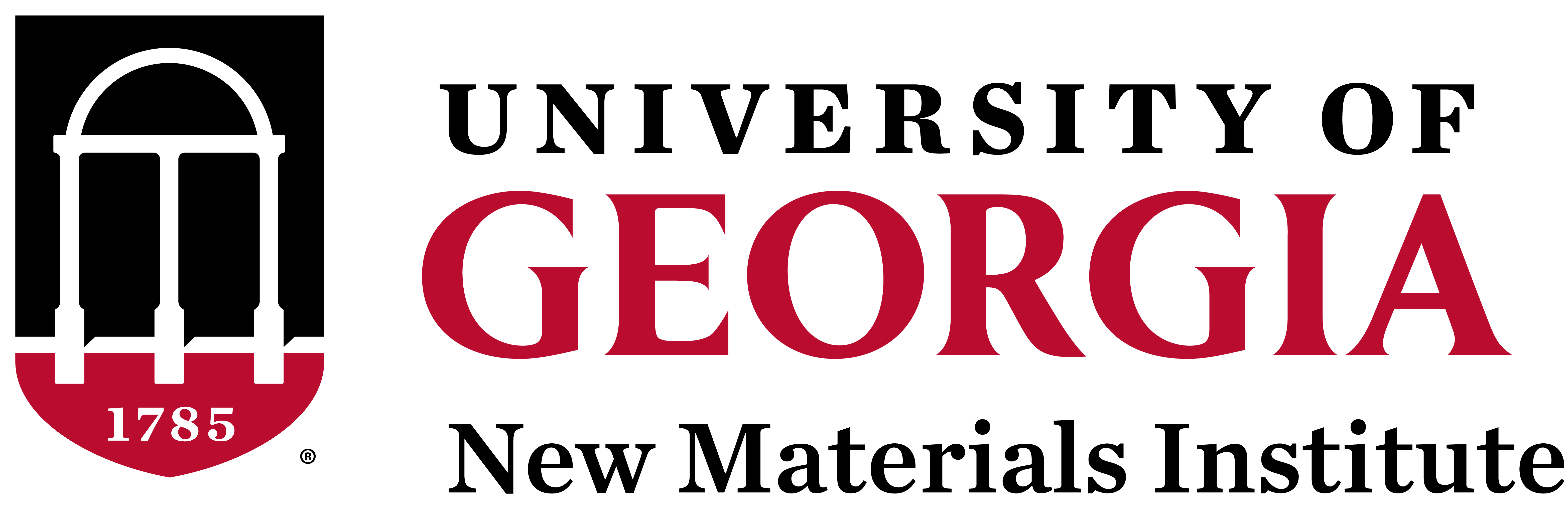UGA New Materials Institute joins the Global Ghost Gear Initiative
The UGA New Materials Institute has become a member of the Global Ghost Gear Initiative, a non-profit organization focused on globally reducing and eliminating fishing gear that is lost, abandoned or discarded in our oceans. Our goal is to work with the GGGI leadership and members to test gear made from our marine-degradable polymers, primarily those derived from polyhydroxyalkanoates.
